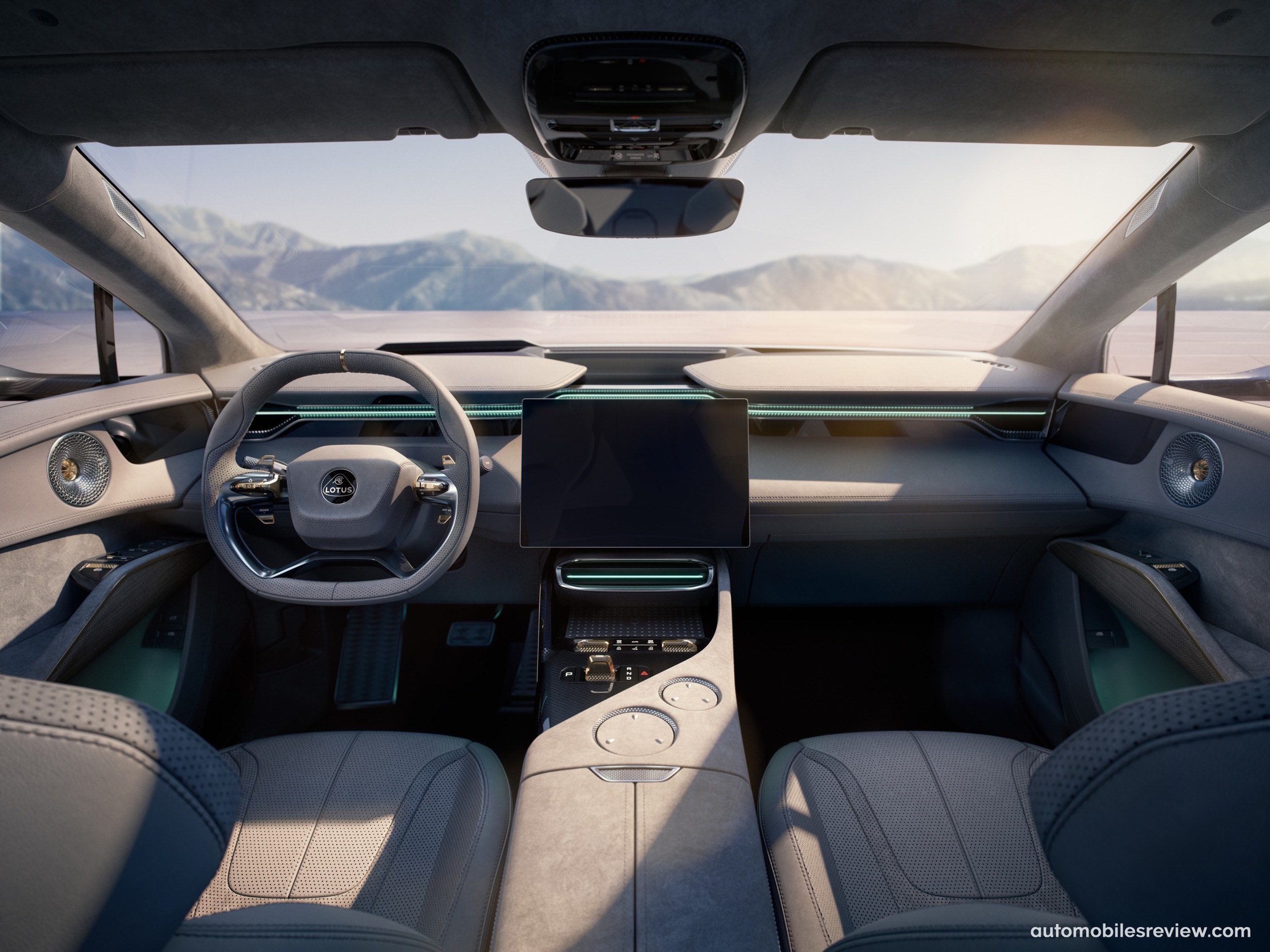New Delhi's Old Petrol Car Ban: Should Other Cities Follow Suit?

Table of Contents
The Rationale Behind New Delhi's Ban
Delhi's air quality index (AQI) frequently breaches safe limits, creating a public health crisis. The city's alarming pollution levels, consistently exceeding safe thresholds, directly contribute to a surge in respiratory diseases, cardiovascular issues, and increased mortality rates. Studies have shown a clear correlation between prolonged exposure to Delhi's polluted air and these devastating health impacts. While various pollution control measures have been implemented, older petrol vehicles, with their significantly higher emission rates compared to newer models, remained a major contributor. Targeting these older vehicles represented a seemingly quick-impact solution to dramatically reduce vehicular emissions and improve air quality.
- High AQI levels: Delhi consistently registers AQI levels far exceeding WHO guidelines, posing a severe threat to public health.
- Respiratory & Cardiovascular Diseases: Air pollution is directly linked to an increased incidence of respiratory illnesses like asthma and bronchitis, as well as heart disease and stroke.
- Increased Mortality Rates: Studies indicate a correlation between high pollution levels and premature mortality in Delhi.
- Ineffectiveness of other measures: Prior pollution control efforts alone proved insufficient in significantly curbing vehicular emissions.
The Effectiveness of the Ban: Successes and Challenges
Assessing the ban's effectiveness requires a nuanced approach. While there have been reports of measurable improvements in the AQI following the implementation of the ban in certain areas and times, challenges remain. Enforcement has proven difficult, with many finding ways to circumvent the regulations. This highlights a crucial point: the success of such a ban hinges heavily on robust enforcement mechanisms. Furthermore, the ban's economic impacts on vehicle owners and the automotive industry need careful consideration. Scrapping schemes and incentives for upgrading to newer, cleaner vehicles were crucial elements in mitigating some of the economic fallout. Finally, the ban's influence on public transport usage and traffic congestion requires ongoing monitoring and analysis.
- Air Quality Improvement: While data varies depending on the measurement location and time of year, some studies show a modest improvement in AQI following the ban.
- Enforcement Challenges: Circumventing the ban through various means remains a significant obstacle.
- Impact on Public Transport: Increased reliance on public transport is crucial, but requires investment in and improvement of existing infrastructure.
- Economic Impacts: The ban affected vehicle owners financially, underscoring the need for adequate support mechanisms.
The Case for Replication in Other Cities
The Delhi model offers valuable lessons for cities grappling with similar air pollution challenges. Cities globally facing comparable levels of air pollution could benefit from considering similar bans. However, replication requires careful consideration of city-specific contexts. Factors like the existing public transport infrastructure, economic conditions, and the availability of alternative transportation options must be carefully evaluated before implementing such a ban. A phased implementation, combined with substantial support for affected citizens, is crucial for successful adoption. Government incentives for electric vehicles and sustainable transportation options are essential to facilitate a smooth transition.
- Comparable Cities: Many megacities worldwide experience similar air quality issues, making Delhi's experience relevant.
- Pre-Implementation Considerations: Thorough assessment of public transport, economic stability, and public acceptance is vital.
- Phased Implementation: A gradual rollout minimizes disruption and allows for adjustments based on feedback.
- Government Incentives: Financial support for electric vehicles and sustainable transportation is crucial for success.
Alternative Strategies to Address Vehicular Pollution
While outright bans offer a drastic solution, other strategies can contribute significantly to reducing vehicular pollution. These include substantial investment in public transport to make it a more attractive and efficient alternative, incentivizing the adoption of electric vehicles through subsidies and tax breaks, improving cycling and pedestrian infrastructure to promote active transportation, and implementing congestion pricing or stricter parking restrictions to discourage private vehicle use. Clean fuel technologies and emission standards also play a vital role.
- Public Transport Investment: Expanding and improving public transport networks can significantly reduce reliance on private vehicles.
- Electric Vehicle Incentives: Subsidies and tax breaks encourage the adoption of cleaner vehicles.
- Cycling & Pedestrian Infrastructure: Safe and accessible cycling and pedestrian infrastructure promotes active transport.
- Congestion Pricing & Parking Restrictions: Discouraging private vehicle use in congested areas helps reduce pollution.
Conclusion
New Delhi's old petrol car ban presents a complex case study. While the aim—reducing air pollution and improving public health—is undeniably crucial, the effectiveness and feasibility of replication vary significantly depending on a city's unique circumstances. The ban highlights the urgent need to address vehicular pollution; however, a tailored approach, considering alternative strategies and context-specific solutions, is vital. While outright bans might be effective in some situations, a multifaceted approach encompassing investment in public transport, promotion of electric vehicles, and improved urban planning is often more sustainable and effective in the long run. We urge readers to engage with local authorities and advocate for sustainable transportation policies that address the specific challenges of their cities, learning from both the successes and shortcomings of New Delhi's experience. Let's continue the conversation and push for effective solutions to reduce air pollution, inspired by initiatives like New Delhi's old petrol car ban, but tailored to our own unique environments.

Featured Posts
-
 New 2025 Anzac Day Guernsey Design Unveiled
Apr 25, 2025
New 2025 Anzac Day Guernsey Design Unveiled
Apr 25, 2025 -
 Goldman Sachs Australian Oppositions Fiscal Policy Compared To Labors
Apr 25, 2025
Goldman Sachs Australian Oppositions Fiscal Policy Compared To Labors
Apr 25, 2025 -
 Usha Vances Unexpected Rise To Fame During Her India Trip
Apr 25, 2025
Usha Vances Unexpected Rise To Fame During Her India Trip
Apr 25, 2025 -
 Analyzing Ysls Pfw Collection A Range Of Styles For Every Woman
Apr 25, 2025
Analyzing Ysls Pfw Collection A Range Of Styles For Every Woman
Apr 25, 2025 -
 Lotus Eletre Suv Why The 230 000 Price Tag
Apr 25, 2025
Lotus Eletre Suv Why The 230 000 Price Tag
Apr 25, 2025
